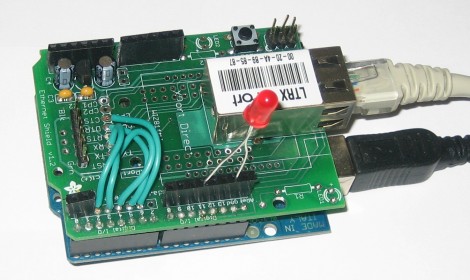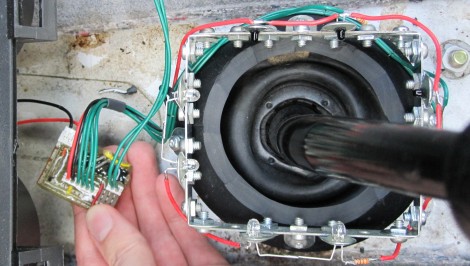
An Arduino with an Ethernet shield, nothing new right? Not quite, [Chris] is showing us how to use Twilio to control an Arduino via a touch tone telephone. We saw Twilio used before in a cellphone video game but this time around an audio menu system comes into play. You can make your own menus whose options will be read by the WOPR (see the demo after the break) when you call the Twilio number. This application just turns an LED on and off but once you’ve got access to the Arduino the sky’s the limit. Most immediately this is an easy implementation for all those cellphone door lock systems we’ve seen. We also envision some classic home automation such as feed the cats or turn on the lights.
Continue reading “Twilio Adds Touch Tone Telephone Control For Arduino”












